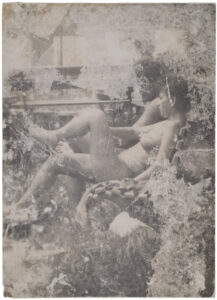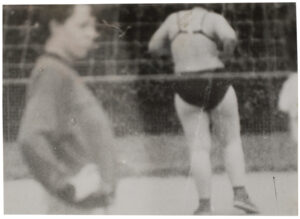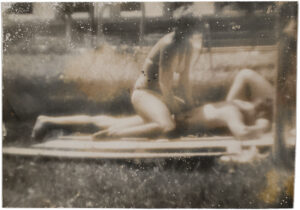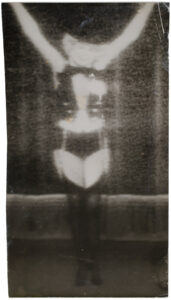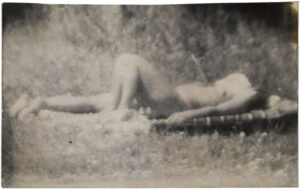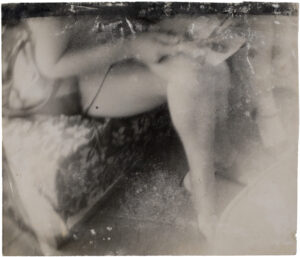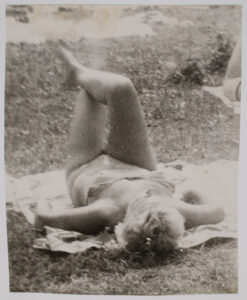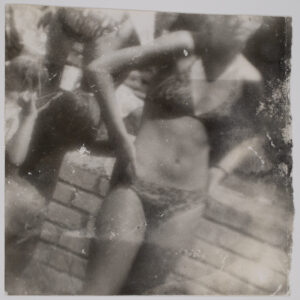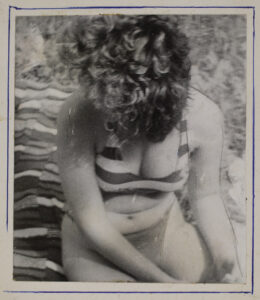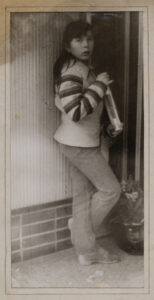Miroslav Tichý
past Exhibition
June 17 — August 21, 2010
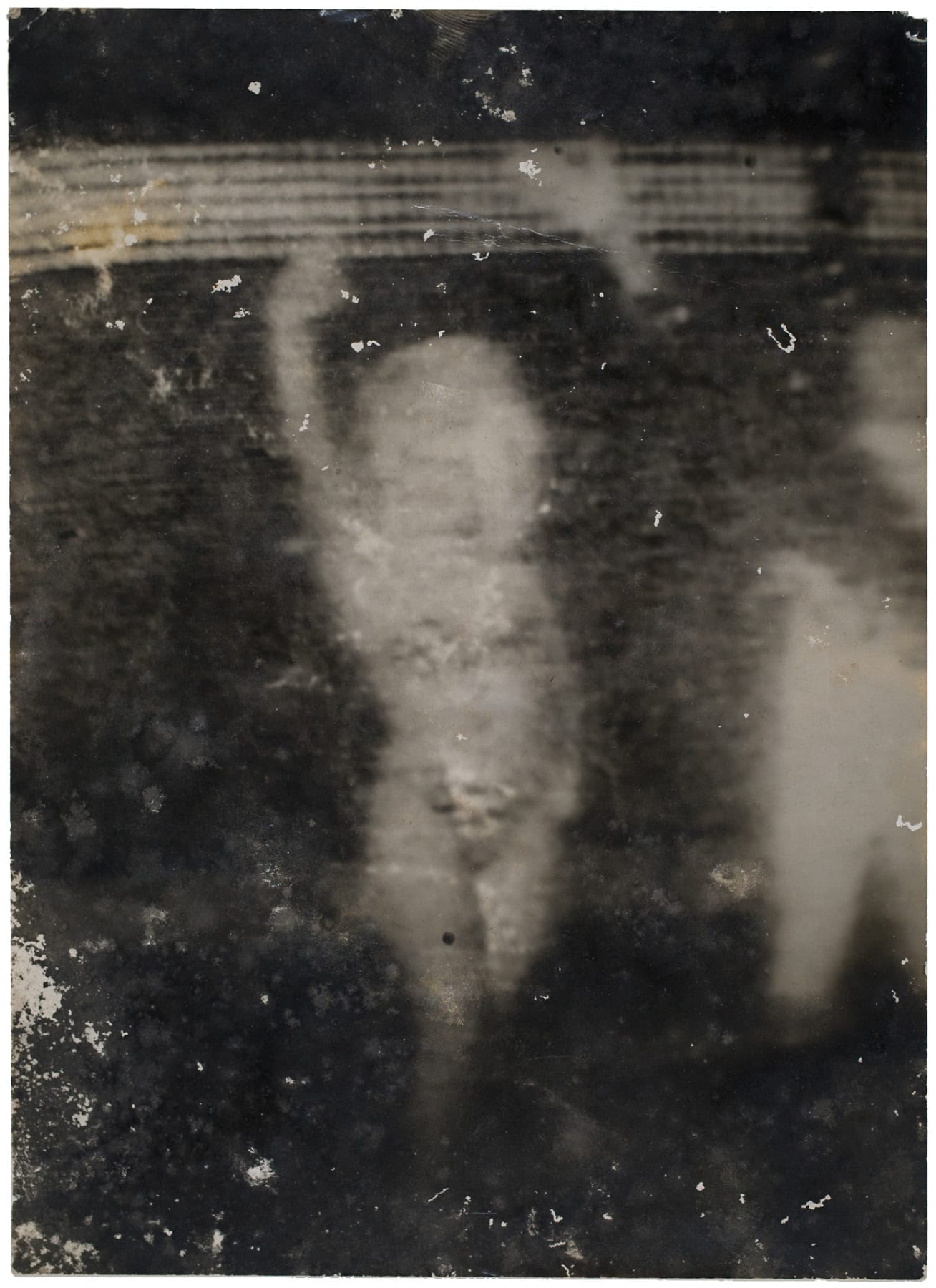
Miroslav Tichý
past Exhibition
June 17 — August 21, 2010
Robert Koch Gallery is pleased to present an exhibition of photographs by the reclusive Czech photographer Miroslav Tichý. Using cameras he made from cardboard tubes, rubber bands, and wooden spools, with lenses of Plexiglas that he polished with sandpaper, ashes, and toothpaste, Tichý, whose work has only recently received public attention, spent decades photographing women in his hometown of Kyjov. The photographs, often taken surreptitiously, are voyeuristic and exhaustive in their chronicling of the female form. Tichý’s peripatetic wanderings with his camera produced images that transform fragments of everyday life into something more mysterious and poetic.
From the mid-1960s through the mid-1980s, Miroslav Tichý photographed the women of Kyjov, who were often unaware they were being documented. He photographed from waist level, concealing the camera underneath a shaggy sweater, or from a distance, through chain-link fences and across streets, using a telephoto lens he developed using found material. The result is a dreamlike collection of figures, often blurred and cropped, each print a completely unique object. The images resemble the early black-and-white paintings of Gerhard Richter, and recall the photographs covertly taken by Walker Evans on the New York City subway in the 1930s.
Although his intuitive and amateurish process and the poor quality of the prints might indicate a naiveté in regards to artistic technique, Miroslav Tichý studied painting at the Academy of Arts in Prague after World War II. He dropped out in 1948, after the communist takeover of Czechoslovakia resulted in a change in the curriculum at the Academy, one that demanded social realism over individual artistic expression. Tichý briefly exhibited with the Brno Five, a group of dissident antirealist painters, but suffered a mental collapse before an exhibition in 1957, and retired to his hometown of Kyjov, where he developed a reputation as a harmless, but unusual, member of society. Although he continued to paint, photography became his main mode of expression; his photographs can be aligned with the quiet subversiveness that characterized the dissident movement in Prague after the spring of 1968, when protesters reacted to the Soviet invasion with a non-violent approach. Tichý’s images quietly rebelled against government-sanctioned social realism and mirrored dissidence among other Czech artists and writers.
In 1981, Tichý’s body of work was brought to light by his longtime neighbor, psychiatrist Roman Buxbaum, who began efforts to document the artist and preserve the deteriorating photographs. Since then, the photographs and cameras have been shown in solo exhbitions at the Centre Pompidou in Paris, Kunsthaus Zürich, and the International Center of Photography, New York, an exhibition favorably reviewed in the New York Times. The photographs are also in the permanent collections at the San Francisco Museum of Modern Art and the Museum of Fine Arts, Houston. A documentary film Buxbaum made in 2004, Miroslav Tichý: Tarzan Retired, will be screened in the gallery.
